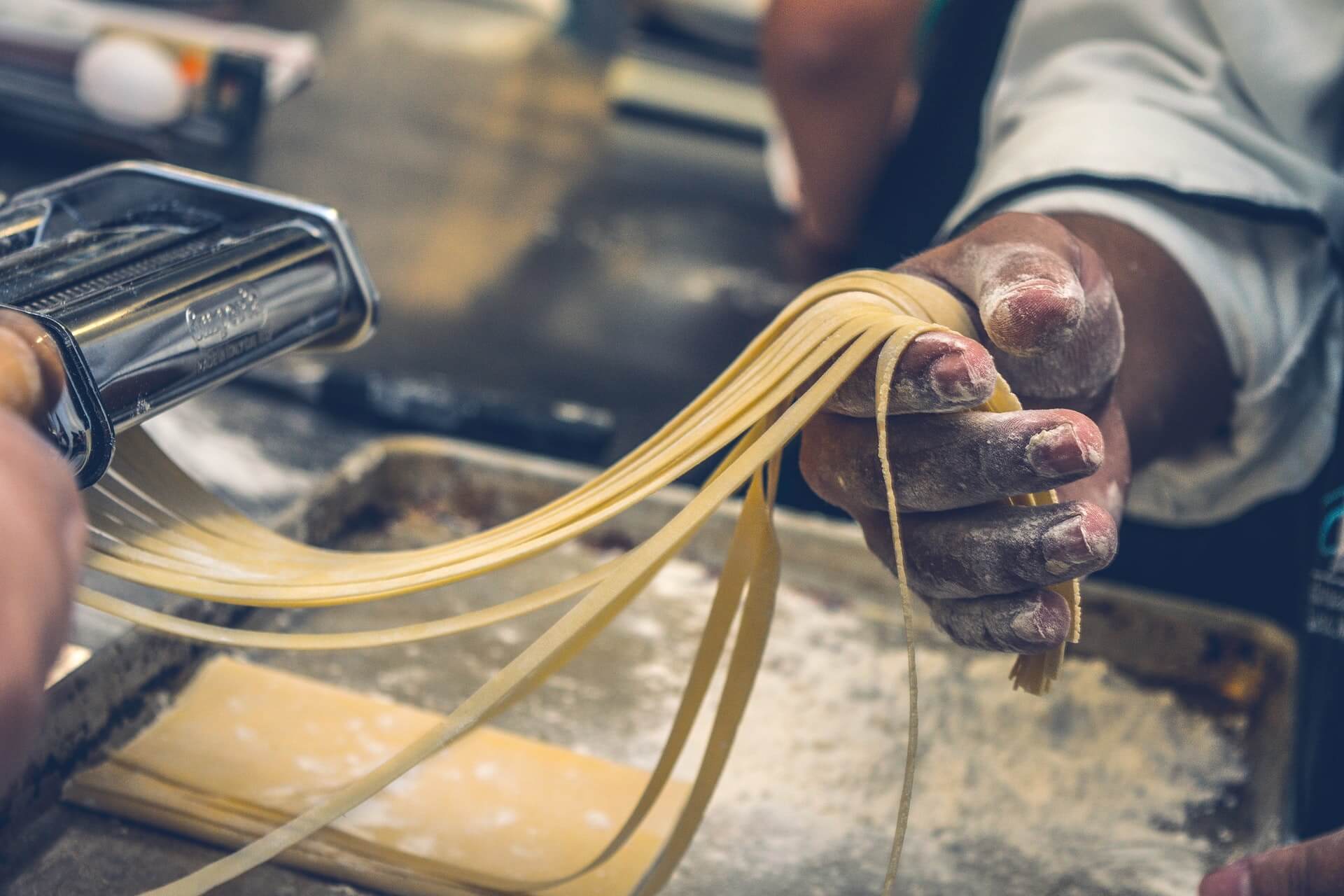Global Cuisine Performance
by David Klemt

We don’t have a crystal ball to help us see which cuisines will be most popular. Obviously, the same holds true for knowing which are just now getting recognition.
However, we do have the next-best thing: data from Datassential.
Recently, the food and beverage analytics firm ranked dozens of global cuisines according to their current state of popularity among diners.
Then, they shared that information in October during their “Around the World in 80 Trends” webinar.
“Ubiquity”
When analyzing food and beverage trends, Datassential funnels them into four distinct designations: Inception, Adoption, Proliferation, and Ubiquity.
Arguably, once a trend reaches Proliferation and Ubiquity it becomes a mainstay. So, we can more than likely stop referring to it as a trend.
Now, the two most precarious stages for a trend are Inception and Adoption. Plenty of trends die on the Inception vine. Several won’t make it out of Adoption.
When you see Datassential’s list of global cuisines that fly under the Ubiquity banner, I doubt there will be much surprise:
- Italian
- Southern
- Mexican
- Creole/Cajun
- Tex Mex
- Chinese
So, any shocks to your system there? Most likely not.
“Proliferation”
Another to label this Datassential designation is “second most popular.” Each of these cuisines has a clear shot at reaching Ubiquity.
In fact, I find one of the global cuisines in this category surprising. It’s the first one in this list:
- Japanese
- Regional Italian
- Regional Mexican
- Greek
- Mediterranean
- Regional US
- Southwestern
- Cuban
As you’ll see, the lists grow longer steadily as we move down from Ubiquity.
“Adoption”
For me, it’ll be interesting to review follow-up data from Datassential regarding global cuisines.
As such, I’m eager to learn which cuisine from the list below reaches Proliferation in 2022:
- Caribbean
- Indian
- French
- Regional Chinese
- Oaxacan
- German
- Middle Eastern
- Korean
- Ashkenazi
- Hawaiian
- Vietnamese
- Venezuelan
- Spanish
- Sicilian
- Jamaican
- Israeli
- Thai
- British
To be honest, my first reaction to seeing French cuisine under the Adoption banner was surprise. Of course, I then thought back to how many French restaurants we have here in Las Vegas.
Sure, this little city in the desert is a foodie destination. However, French restaurants don’t dot the landscape like those that focus on other cuisines.
“Inception”
That brings us to the first stage of any trend: Inception.
Now, the first thing you’ll notice is that this category contains the most global cuisines. Whereas Adoption features 18, Proliferation lists eight, and a mere six have reached Ubiquity, Inception identifies two dozen.
They are as follows:
- Brazilian
- Mizrahi
- Russian
- Malaysian
- Croatian
- Moroccan
- Lebanese
- South African
- Native American
- Central American
- Argentinian
- Peruvian
- Filipino
- Appalachian
- Sephardic
- Ethiopian
- Senegalese
- Scandinavian
- Sonoran
- Nigerian
- Iranian
- Persian
- Turkish
- Polish
Again, there are some surprises here, at least for me. For example, I expected Ethiopian cuisine to have reached Adoption by now.
Takeaways
Of course, there are multiple ways to interpret this data.
First, you can embrace Ubiquity, leveraging their incredible popularity. However, standing out and building traffic will be challenging.
Second, you can feature Proliferation cuisine. Sure, these have yet to reach the Ubiquity stage. But they’re close to doing so, and you’ll also face stiff competition.
Third, focusing on cuisine from the Adoption designation involves taking a risk but mitigating it somewhat. These cuisines are developing a following and guest demand.
Finally, the riskiest move, depending on location: featuring Inception cuisines. But with risk comes reward. Identify a gap in a certain area—something we can do with our signature feasibility studies—and you may realize staggering success.
So, what do you think? Did you find any of Datassential’s designations surprising for certain cuisines? Let us know on our Instagram, Facebook, Twitter or LinkedIn pages!
Image: Jorge Zapata on Unsplash


